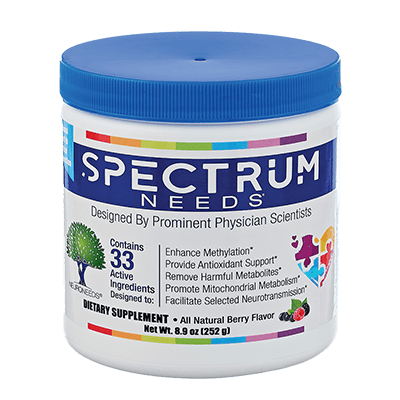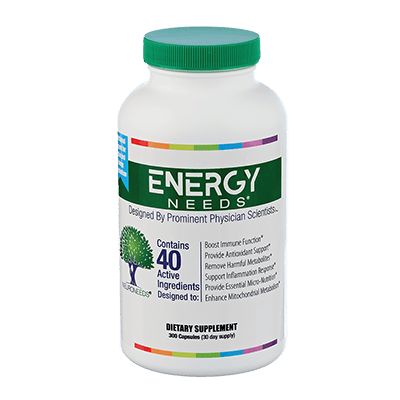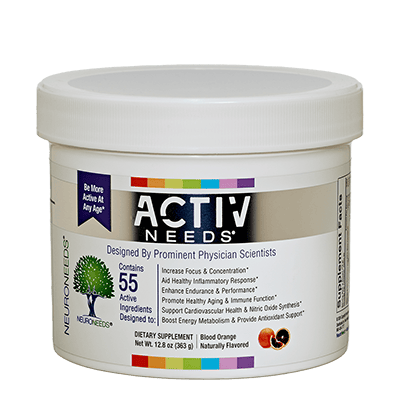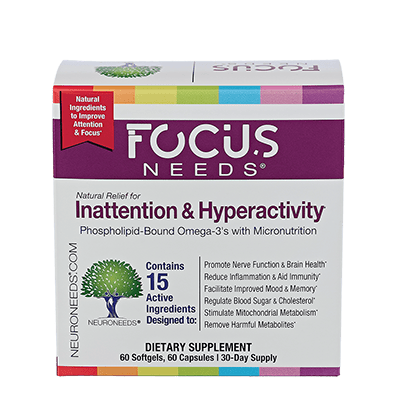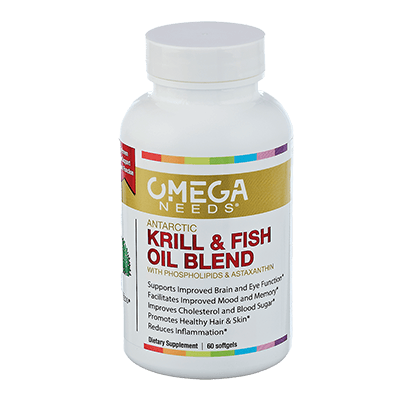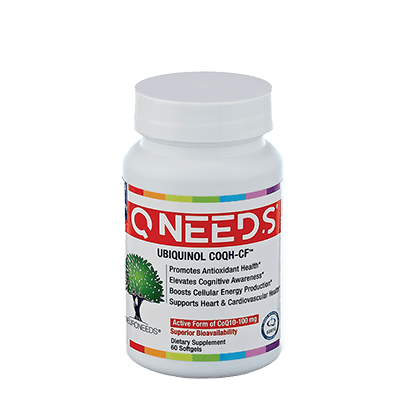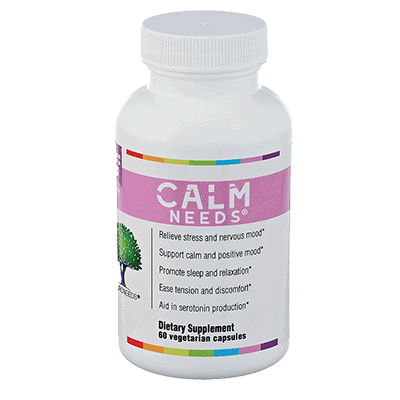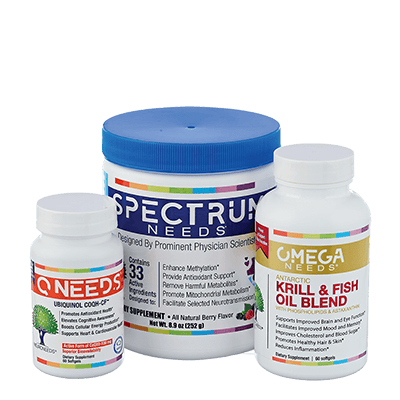
By: Emrys Tetu*, Published March 5, 2020
The more we learn, the more we realize that your GUT’s happiness is key to your full-body wellness. And so a happy, healthy winter (mood included!) gets a boost from a happy, healthy microbiome.
What the Gut Affects:
Are you really what you eat? I’ve consistently leaned more towards “yes”; nutrition impacts our energy levels, skin and hair health, mental health, immune system, our lymph and detoxification systems… the list carries on. But before all the powerful nutrients move from plate to bloodstream, a few important steps must take place in our stomachs and intestines.
In other words, your body’s ability to digest and absorb the nourishing foods you eat impacts all the same systems.
Microbes in the Gut:
Here’s where we get a bit nerdy (if you didn’t notice already): the intestines are filled with trillions of microorganisms including bacteria, viruses, and fungi (about 40 trillion, to be exact, and that’s more bacteria in your gut than you have cells)! There are over 1,000 different species in your intestines, which all impact different aspects of your health. Certain varieties are responsible for how your bodyresponds to infection, and others have been thought to have direct control over your central nervous system (thus, the direct connection between the microbiome and mental health).
How to Keep your Microbiome Alive & Thriving:
Prebiotics: Prebiotics are a type of fiber. Essentially, they act as food for the bacteria we want to thrive, and come from undigestible plant fibers present in foods we eat. Some great prebiotic containing foods are raw garlic, leeks, onion, and banana. Read more here:
Probiotics: Taken as a supplement or found in fermented foods, probiotics are “good” bacteria identical or similar to those found in your intestinal track. When looking for a supplement, know that all pills are not created equal: look for multiple different strains (types of bacteria), over 15 billion units, and a trusted brand. Read more about different types of probiotics you might find:
Foods That are Not Your Friend: While prebiotics are the fibers that feed the bacteria we want, some foods feed the “bad bacteria” that can increase digestive issues, fatigue, and skin problems. The two biggest culprits are sugars and gluten, which are a standard part of the American diet. Try switching sugar for local honey (a prebiotic!) and choosing more grain-free options. Dairy, because it is almost always processed with antibiotics, can also reduce our good bacteria. If choosing to eat dairy, opt for hormone & antibiotic free raw options.
Environmental Factors: Our bodies react to our everyday routines. Besides eating well, living a generally healthy lifestyle allows gut flora to thrive. This includes not smoking, getting enough sleep, managing stress levels, and staying active.
Throw in Some Fun!
You know what we’ll say: take a yoga class, get outside, cook a fun meal to share with friends… but maybe for you it’s also slowing down with a puzzle or a book, going skiing or skating, or whatever else relieves your stress and bolsters your health. Enjoy this time of year and giving your microbiome extra love and balance.
In Best Health,
Emrys
*Emrys Tetu (HHC, E-RYT 500) is an Independent Holistic Health Counselor, Chef, and Yoga Teacher.
Her website is: https://decadent-wellness.com
The Content within this article and NeuroNews Blog is not intended to be a substitute for professional medical advice, diagnosis, or treatment. Always seek the advice of your physician or other qualified health provider with any questions you may have regarding a medical condition. Never disregard professional medical advice or delay in seeking it because of something you have read on this Blog.

